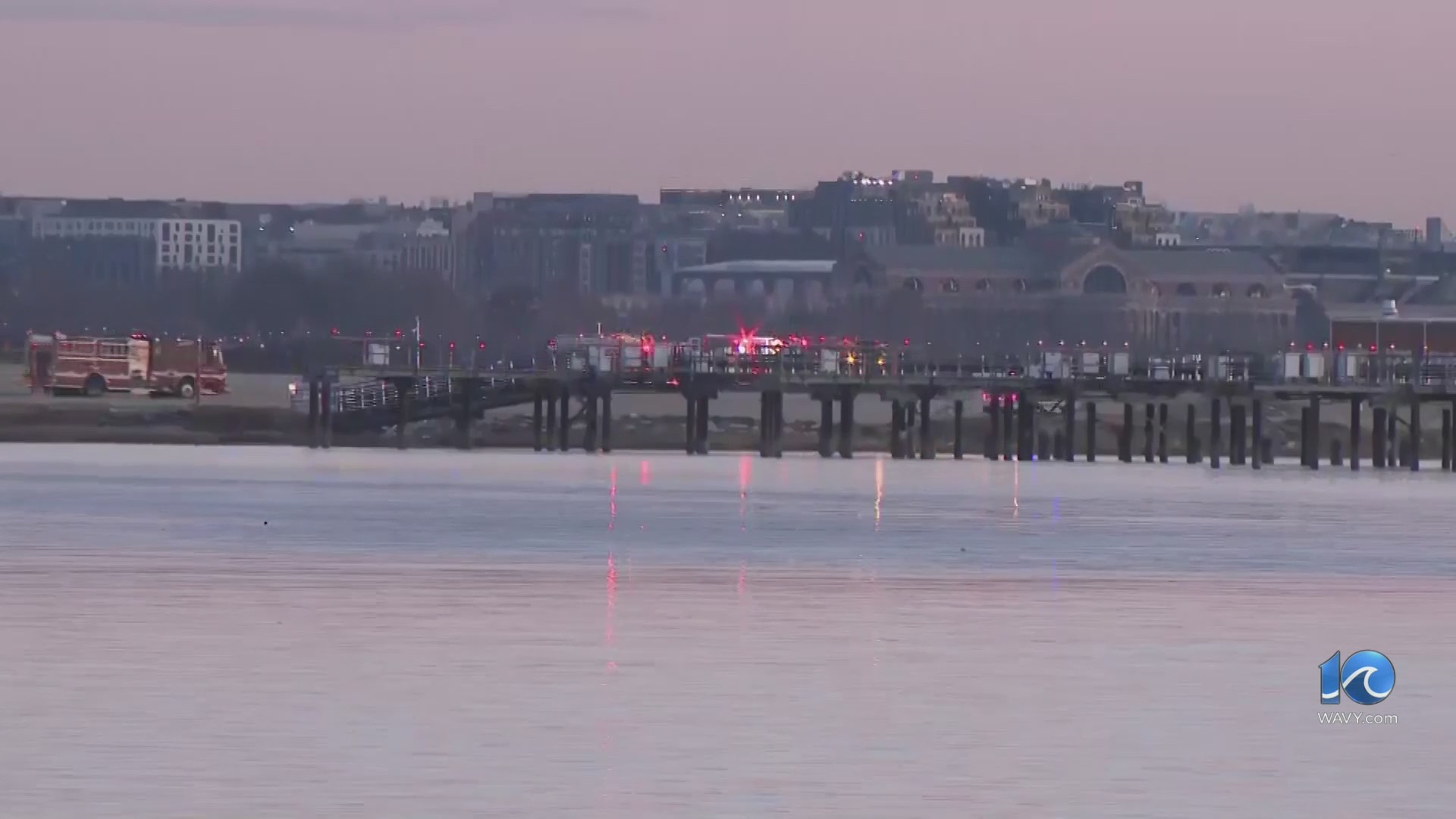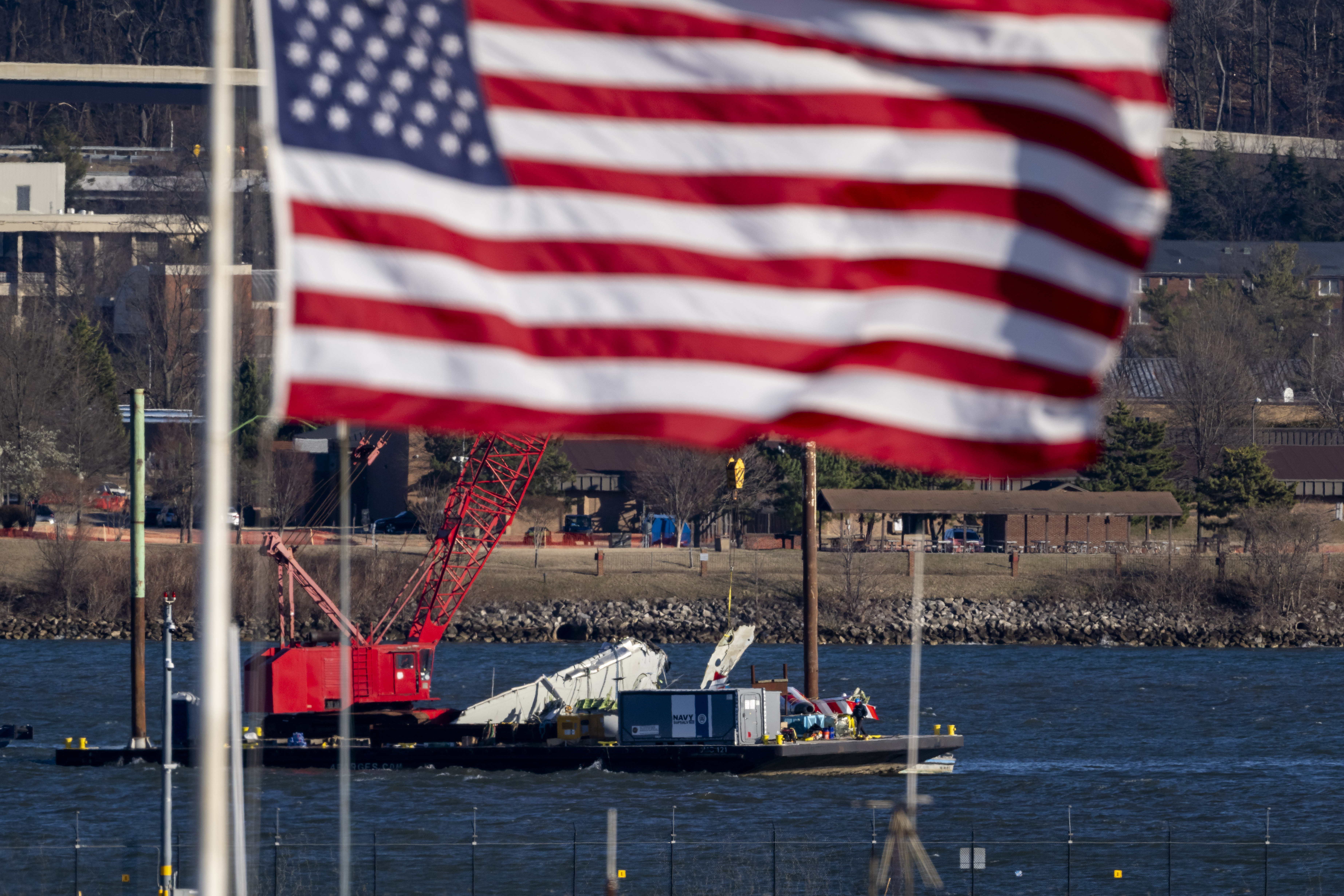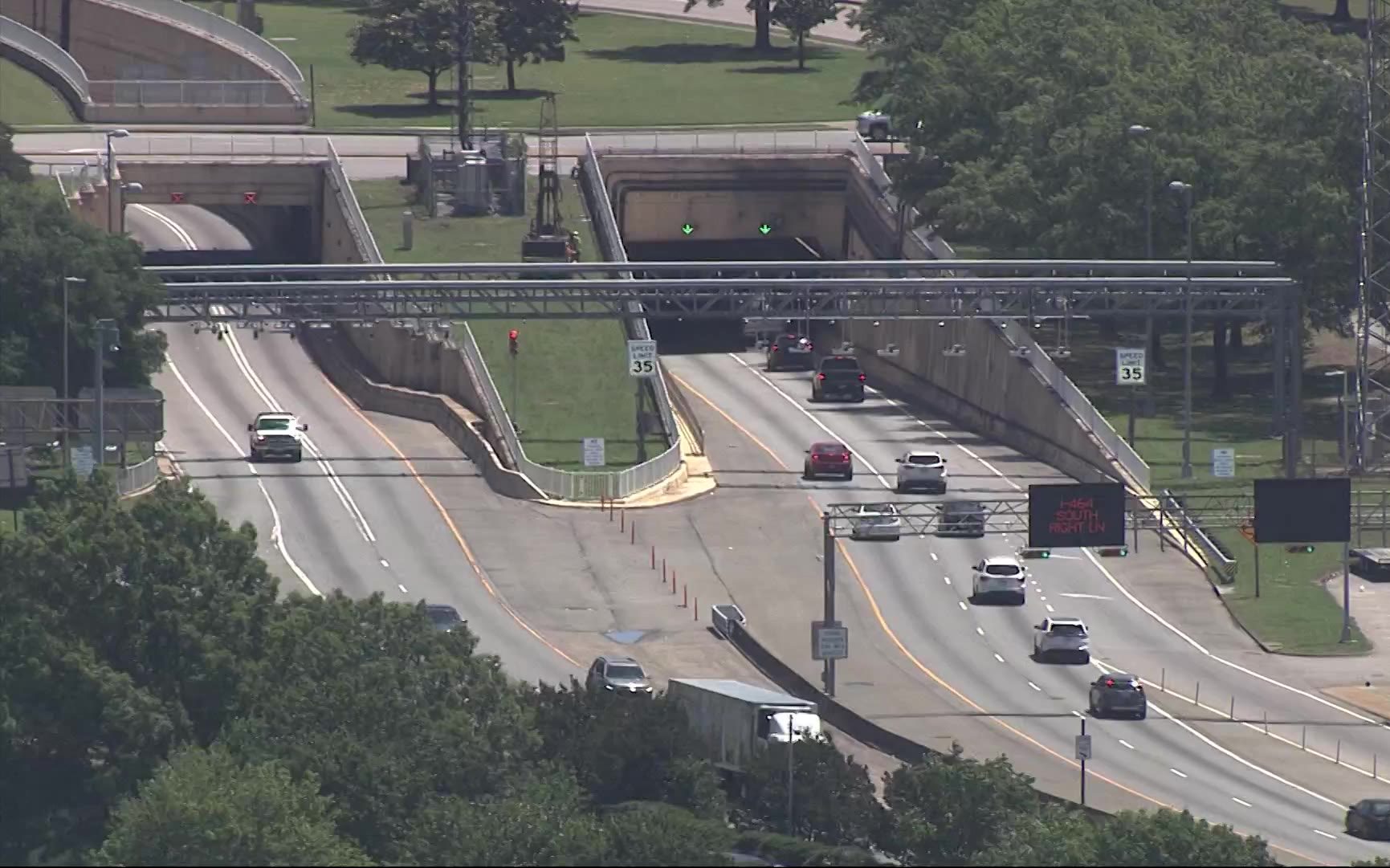NORFOLK, Va. (WAVY) — Recently released data about sea levels show what could be in store when it comes to the future of flooding in Hampton Roads.
William & Mary’s Batten School and the Virginia Institute of Marine Science put out report cards every year that show current and projected sea level trends in 36 U.S. coastal communities, with two of those communities being Yorktown and Norfolk.
“Virginia has for a long time been considered a hot spot of sea level rise on the Atlantic coast,” said Molly Mitchell, assistant professor at the Batten School of Coastal and Marine Sciences and VIMS.
The numbers encompass 55 years of data, going back to 1969.
Mitchell explained the data helps with planning to minimize the impact of future flooding. The team uses tide gages in both Yorktown and Norfolk to get measurements for Hampton Roads.
“Sea level is coming up a little bit faster in Norfolk than in Yorktown, and that’s probably because Norfolk’s a little bit closer to the ocean than Yorktown is, but they’re not really very different,” Mitchell said.
The report cards for both Norfolk and Yorktown show that the localities are at the top of their class when it comes to sea level rise on the East Coast. The rise rate in Yorktown is 5.4 millimeters per year and in Norfolk it is 5.6 millimeters per year.
“That rate of rise has been increasing over the long term, but over the shorter term, like the past five years, it’s actually been fairly steady and constant,” Mitchell said.
The long-term projection for both localities, according to the data, could be about a foot and a half of increase by 2050.
Mitchell explained the impact of increasing sea levels in Hampton Roads at first could be more tidal flooding.
“That’s been happening more frequently, but that frequency is going to increase, and it’s going to impact further regions, sort of inland, of where it currently is,” Mitchell said.
She added that this data can be a guide on how fast coastal residents and community leaders should prepare.
“If we were to see sea level start to rise faster, we might want to make some of those projected changes … and how we’re going to elevate homes, or where we’re going to build flood walls or that kind of thing, we might want to do those sooner,” Mitchell said. “Whereas, conversely, if it started to accelerate more slowly, it’s still going to rise, but maybe not as fast, then maybe we can push those off a little bit longer.”







